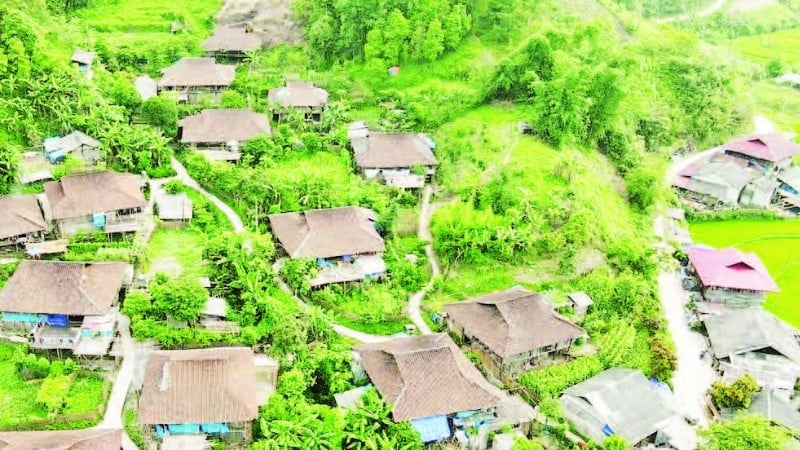
In the northern communes of Thai Nguyen, the Nom Dao script of the Dao ethnic group has long been included in the list of national intangible cultural heritage by the Ministry of Culture, Sports and Tourism. Nom Dao script holds a special place in the lives of the people as both a communication tool and a means of preserving the knowledge of the nation. However, for many years, the number of literate people has been decreasing, and young people are not interested in learning.
With enthusiasm and a deep love for the ethnic script, in Ban Cuon village, Cho Don commune, in early 2025, Mr. Hoang Thong Chu (65 years old) decided to turn the garden in front of his family's house into a place to set up a class to teach Nom Dao script. Mr. Chu said: "As a Dao ethnic person, you must know the language and script of the Dao people. I have studied writing since I was a child, understand and love Nom Dao script and I want the younger generation to be as passionate about learning writing as I was when I was young." From April 2025, Mr. Chu's class began "opening" with more than 20 students from many different communes. The class is divided into two shifts, morning and evening. During the day, Mr. Chu teaches writing to 10 students who are children from 10 to 12 years old. In the evening, he teaches 12 middle-aged students. Just like that, the old and young classes diligently and enthusiastically bring each stroke of the letter into shape.
Fortunately, now, a part of young people have begun to care about preserving their ethnic cultural identity, especially intangible cultural heritages. In Khau Dang village, Bang Thanh commune, San Chi ethnic people have the tradition of making Ka Dong masks used in ethnic rituals. The ethnic people believe that during the migration process, many "demons" harm people, so they created a mask with a strange, fierce shape called Ka Dong to make the demons not dare to disturb. This mask, along with the mask dance ritual, is used in important ceremonies such as cap sac, praying for crops...
In Phuc Loc commune, thanks to the participation of the government and people, many unique festivals have been preserved, such as: "On the Clouds" Festival of the H'Mong ethnic group in Phieng Chi village; "Praying for a good harvest" of the Dao people in Na Coi village... In particular, the model of preserving Dao Tien ethnic costumes implemented by the Youth Union and Women's Union has achieved many results, creating a widespread influence. In the commune, there are also three Then singing clubs, of which the "Fairy Mountain Clouds" Club has gathered 65 members, including many primary and secondary school students, to participate in practicing and performing.
The involvement of authorities at all levels creates motivation for the preservation and promotion of intangible cultural heritage, especially in remote communes. Meritorious Artisan Nong Van Ho, Xuan Duong commune said: "Sli singing of the Nung people, performed mainly in Xuan Duong love market, has been recognized as a national intangible cultural heritage. With the support and encouragement of the government, artisans and elders like us are excited and have more motivation to actively teach the younger generation to preserve the unique culture of the nation."
After the merger, the new Thai Nguyen province not only expanded its geographical space but also became a cultural convergence of nearly 50 ethnic groups. The province currently has many intangible cultural heritages listed at the national level, such as: Nom Dao script, Dao embroidery art, Vi singing of the Tay people, Tac Xinh dance, San Chay harvest festival, Tay long tong festival... Faced with the reality that many villages and hamlets are facing the risk of "concretization" and losing their identity, the Department of Culture, Sports and Tourism of Thai Nguyen has invested funds to preserve three typical traditional villages, including: Nung village in Tan Do hamlet (Van Lang commune); San Chi village in Dong Keu hamlet (Phu Dinh commune); Tay village in Ban Dong hamlet (Hop Thanh commune). Preserving the traditional identity of hamlets and hamlets is identified as preserving the "cradle" of intangible cultural heritages.
Director of Thai Nguyen Provincial Cultural Center Lam Ngoc Du said that determining the preservation and promotion of intangible cultural heritage values is one of the key tasks, the center has presided over and coordinated with localities to preserve many intangible cultural heritages, build preservation clubs, perform folk songs and dances in villages, hamlets and schools. At the same time, continue to advise the Department of Culture, Sports and Tourism to promote the implementation of preservation activities in all communes and wards associated with tourism development, especially in mountainous communes.
From 2025, the Museum of Vietnamese Ethnology, Phan Dinh Phung Ward, will apply digital technology to help improve the experience for visitors. Using software to manage artifacts and digital audio to support display complexes; digitizing and encoding many items; applying virtual reality technology, automatic explanations, etc.
Thai Nguyen province has also made efforts to implement many projects to preserve and promote the value of intangible cultural heritage, including: Investing in the restoration of the harvest festival of the Dao Lo Gang ethnic group, the Gau Tao festival of the H'Mong ethnic group, lullabies of the Nung Phan Slinh people, weddings of the San Chay ethnic group, Xuan Duong love market... Through that, many folk melodies have been "revived", such as: Ru Nghe puppetry group, Tham Roc puppetry group, Luon coi, Sli singing, Tac Xinh dance... with the participation of many folk artists, hundreds of folk culture clubs in hamlets and villages.
At the 1st Provincial Party Congress, term 2025-2030, one of the tasks identified by Thai Nguyen province is to develop tourism products associated with people, culture, and national identity. From 2025 to 2030, it will comprehensively and synchronously develop cultural fields, especially in rural areas, remote areas, ethnic minority areas and mountainous areas. The province aims to build each commune and ward with at least one cultural, art, and sports club and maintain effective operations from 2026.
Source: https://nhandan.vn/bao-ton-ben-vung-di-san-van-hoa-phi-vat-the-post912818.html



![[Photo] Bustling Mid-Autumn Festival at the Museum of Ethnology](https://vphoto.vietnam.vn/thumb/1200x675/vietnam/resource/IMAGE/2025/10/4/da8d5927734d4ca58e3eced14bc435a3)
![[Photo] General Secretary To Lam attends the 8th Congress of the Central Public Security Party Committee](https://vphoto.vietnam.vn/thumb/1200x675/vietnam/resource/IMAGE/2025/10/4/79fadf490f674dc483794f2d955f6045)


![[Photo] Solemn opening of the 8th Congress of the Central Public Security Party Committee, term 2025-2030](https://vphoto.vietnam.vn/thumb/1200x675/vietnam/resource/IMAGE/2025/10/4/f3b00fb779f44979809441a4dac5c7df)


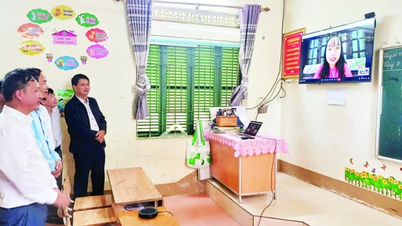
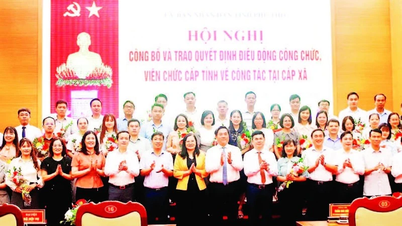
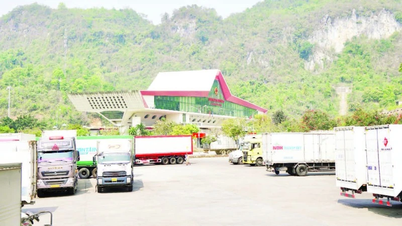
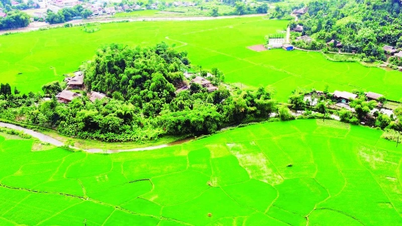
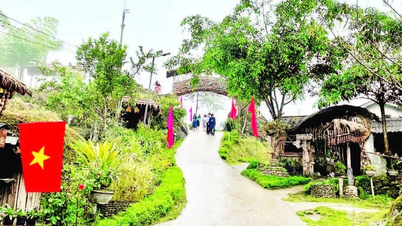




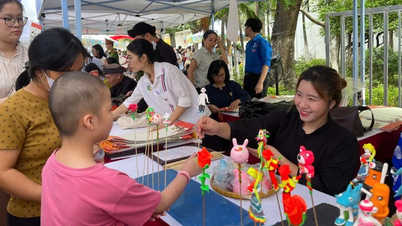
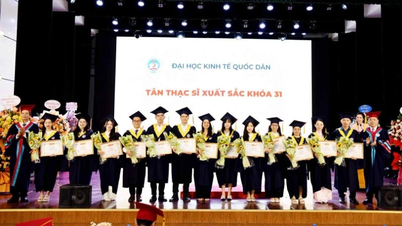

![[Video] Musician Tran Tien was honored at the 18th Bui Xuan Phai - For the Love of Hanoi Awards Ceremony in 2025](https://vphoto.vietnam.vn/thumb/402x226/vietnam/resource/IMAGE/2025/10/4/997d58f8d03845bda13470208b197f5e)
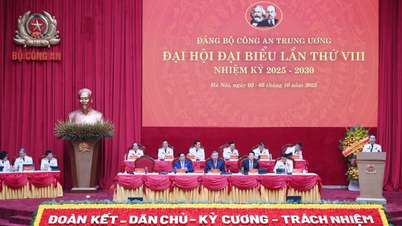


![[Infographic] Notable numbers after 3 months of "reorganizing the country"](https://vphoto.vietnam.vn/thumb/1200x675/vietnam/resource/IMAGE/2025/10/4/ce8bb72c722348e09e942d04f0dd9729)














































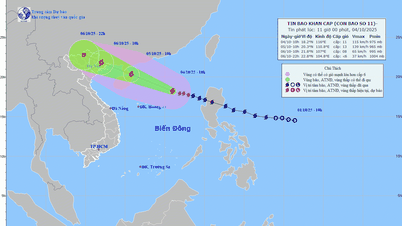

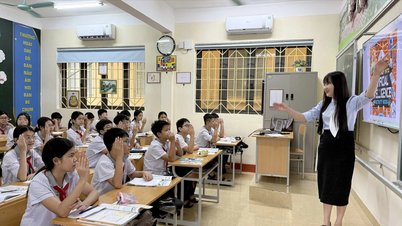

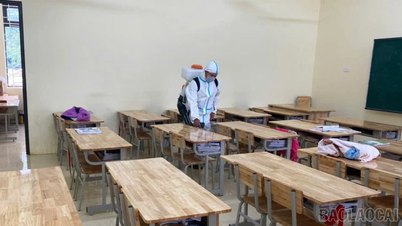
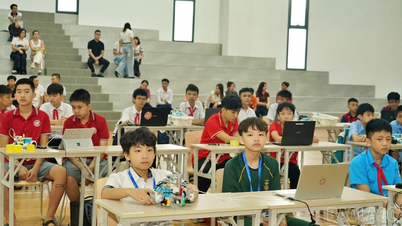
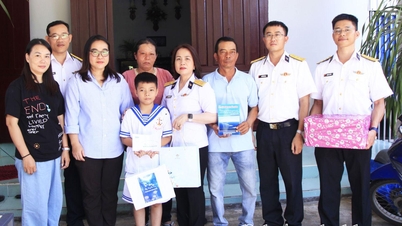








Comment (0)